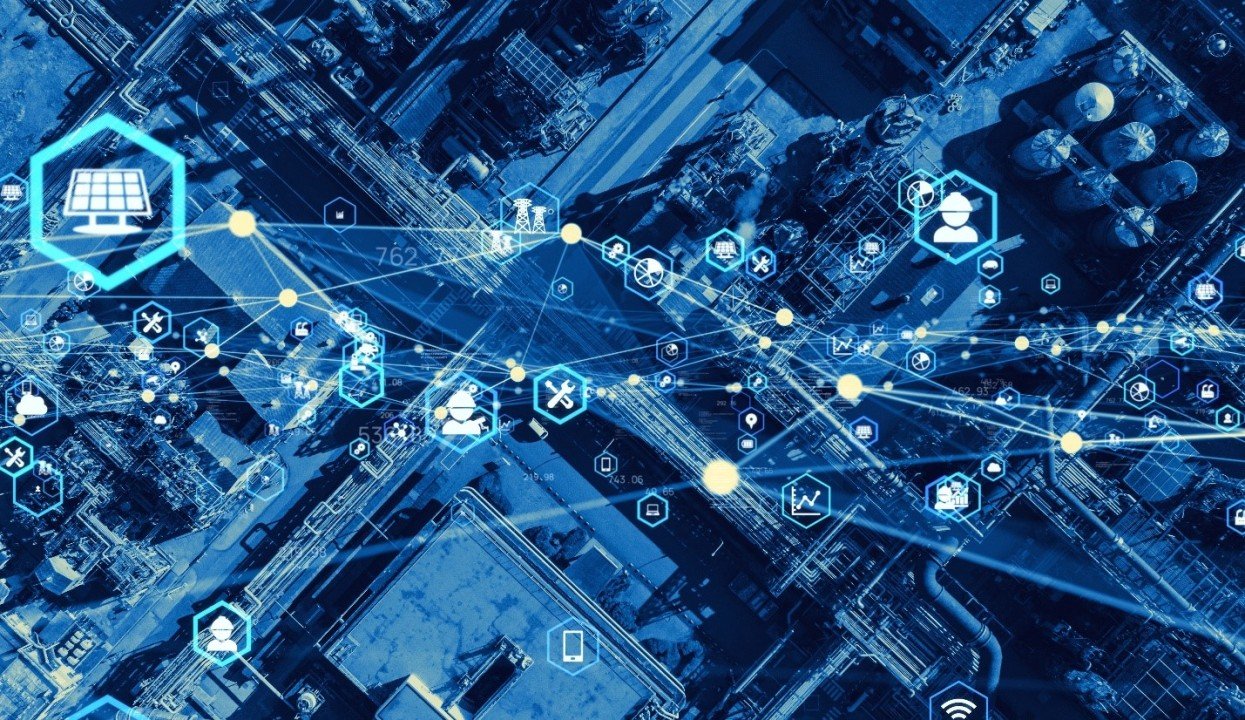June 16, 2025 | Taipei, Taiwan
Overview
Taiwan has announced new export control measures, placing restrictions on exports to Huawei’s HarmonyOS ecosystem and Semiconductor Manufacturing International Corp. (SMIC). These controls require Taiwanese companies to obtain government approval before exporting sensitive products to the affected Chinese entities. The move is part of Taiwan’s broader strategy to protect national security and align with allied countries—especially the United States—in curbing China’s access to advanced technology.
Historical Context: The Rise of HarmonyOS and SMIC
Huawei’s HarmonyOS, introduced in 2019, has become central to China’s digital infrastructure. It powers smartphones, IoT devices, smart TVs, and more. The operating system reflects China’s strategic drive toward technological independence following U.S. sanctions.
At the same time, SMIC, China’s largest semiconductor foundry, has rapidly advanced from basic node technologies (28 nm and above) to more sophisticated processes like 7 nm and potentially 5 nm. Though still behind industry leaders like TSMC, SMIC plays a vital role in China’s AI chip ambitions
Details of the Export Controls
On June 10, 2025, Taiwan’s Ministry of Economic Affairs updated its Strategic High‑Tech Commodities Export Control Entity List to include Huawei/HarmonyOS and SMIC.
- A total of 601 entities, ranging from Chinese tech firms to organizations in Russia, Iran, and Pakistan, have been added.
- Taiwanese companies must now seek official permits before exporting high-tech goods—such as semiconductor components, equipment, software, and development tools—to the listed entities.These measures extend Taiwan’s existing controls, which already restrict direct exports of cutting-edge chipmaking tech via companies like TSMC
Motivations Behind the Move
- National Security Concerns
Taiwan views the capabilities of HarmonyOS and SMIC as potentially linked to military or surveillance applications. Restricting exports aligns with broader efforts to limit arms and dual-use technology proliferation. - Geopolitical Alignment
By enacting controls similar to those of the U.S., Taiwan strengthens its position as a technology ally and underscores its strategic autonomy in the high-tech arena. - Talent and IP Protection
Taiwan has flagged concerns about Chinese firms—especially SMIC—poaching engineers and acquiring proprietary know-how. Authorities have launched investigations into these practices across Taiwan
Immediate Effects on the Tech Sector
- Taiwanese suppliers of chip components, assembly services, and AI development tools must now navigate stricter approval processes.
- Huawei, reliant on Taiwanese chip components for devices running HarmonyOS, may face delays and increased costs.
- SMIC’s growth, especially in developing advanced chipmaking infrastructure, could slow due to restricted access to Taiwanese tech.
Broader Global and Regional Repercussions
China’s Semiconductor Ambitions
China has invested billions to catch up to global chip leaders. However, this new barrier further complicates its path, especially in advanced semiconductor development.
Taiwan’s Strategic Position
As the world’s top semiconductor hub, Taiwan is balancing between openness and strategic shielding. These controls reflect a maturing stance on safeguarding critical technology through a “silicon shield”tomshardware.com.
Global Tech Supply Chain Disruption

Businesses must recalibrate sourcing and supply strategies. The restrictions may accelerate:
Response from Huawei and SMIC
Both Huawei and SMIC have declined immediate comment. Their future strategy may include:
- Investing in domestic chip and OS alternatives.
- Establishing technology workarounds or substitution strategies.
- Pushing for international backlash and lobbying to influence policy changes.
Future Outlook: What Comes Next?
- Compliance and Adaptation
Taiwanese firms must adapt to the new rules and engage proactively with the Ministry of Economic Affairs. - Intensified Scrutiny on China’s Tech Push
Taiwan is also strengthening measures to limit overseas investment and knowledge transfer via amendments like the ‘N‑1 rule’—which bars deployment of its cutting-edge manufacturing overseas. - Potential Escalation of Tech Sanctions
We may see broader coordination among U.S. allies to limit transfers to targeted entities, shaping a multi-tiered control regime. - SMIC’s Resilience and Limitations
Despite investments, SMIC may struggle to fill the technology gap, especially without access to Taiwanese or U.S. toolchains.
Implications for Stakeholders
- Taiwanese Industry must enhance compliance and factor new control risks into strategic planning.
- Global Tech Companies may need to relocate supply sources from a now-restricted China-dependent infrastructure.
- Governments and Global Regulators will monitor how these controls impact international trade norms.
- Investors will reassess exposure to Chinese tech firms reliant on high-grade Taiwanese technology.
Conclusion
Taiwan’s decision to extend export controls to HarmonyOS and SMIC marks a defining moment in the ongoing global technology competition. By taking these steps, Taiwan is not only protecting its core semiconductor assets and intellectual capital, but also affirming its crucial role in the international technology export control framework.
This move will ripple across industries—from device manufacturers and chipmakers to defense enterprises—reshaping long-term global supply chains. As Taiwan navigates these strategic choices, the world watches closely, recognizing Taiwan’s position as a guardian of critical technology and a partner in shared digital security.
